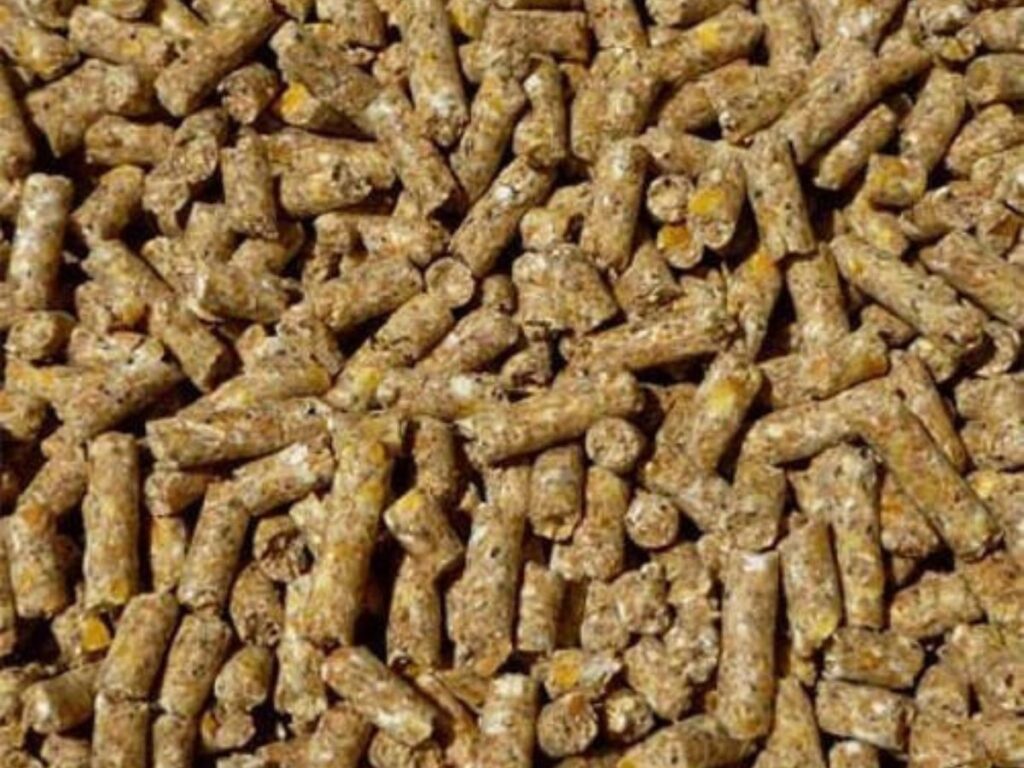Improving nutrient utilization has continued to be a high priority for the poultry industry. This has been addressed through several avenues that include:
- genetic selection of meat birds with better nutrient utilization;
- precision nutrition to more efficiently address nutrient requirements;
- improved understanding of ingredient value; and
- utilization of enzymes to increase the digestibility of feedstuffs.
Genetic Selection
Genetic selection has been one of the greatest tools used by the industry to improve not only growth rate but also feed conversion for the modern broiler. Havenstein et al. (1994) proved this when they compared the performance of a 1957 strain of broiler to a 1991 strain and found that at 42 days of age the 1991 strain outweighed the 1957 strain fourfold (2,132 grams versus 508 grams). Feed conversion for the 1991 strain was 2.04 versus 3.00 for the 1957 strain.
Current growth trends for broilers are 4-pound birds grown in less than 6 weeks with a 1.65 feed conversion. Dramatic reductions in the amount of feed required to create a pound of product correlates into a reduction in nutrients lost in the manure. No other meat animal has a feed efficiency ratio that surpasses poultry on a dry weight basis.
Precision Feeding
Precision feeding of broilers is gaining in popularity as the commercial industry continues to move away from the use of the traditional starter (0-3 weeks), grower (3-6 weeks), and finisher (6-8 weeks) periods. As birds age their requirements for nutrients such as amino acids and phosphorus decline. By employing more frequent diet changes (4 to 5) over shorter grow-out periods, companies can optimize formulation according to broiler age and size. With each subsequent diet change, amino acid and mineral levels may be lowered, reducing diet costs and eliminating some excess dietary nutrients.

Thus, in addition to economic benefits, precision feeding helps reduce nutrient excretion, thereby benefitting the environment. As more information about ingredient composition and nutrient requirements becomes available in the future, companies may continue to seek reduced diet cost and nutrient excretion by expanding the number of diets provided during the grow-out period.
Traditional Diets
Traditional poultry diets use ingredients that may contain various anti-nutritive or indigestible compounds. These non-soluble polysaccharides are structural carbohydrates that include Beta-glucans, arabinoxylans, hemicellulose and small amounts of cellulose, and other polysaccharides. Being highly viscous, non-soluble polysaccharides bind to digestive enzymes and impair diffusion of enzymes to their target compounds, thus reducing the digestibility of other nutrients.
Soybean meal, a key ingredient in poultry diets, contains significant levels of non-soluble poly- saccharides. But using the enzyme hemicellulase makes non-soluble polysaccharides more digestible, resulting in better nutrient utilization.
Phytase
Phytic acid or phytate is another indigestible compound that binds phosphorus. Phytic acid also readily binds to positively charged molecules such as cations and proteins, reducing their biological availability. In legume and grain seeds, it accounts for 50 to 80 percent of the total phosphorus and can run as much as .20 to .25 percent of corn-SBM-based diets.
Nutritionists have compensated for this by formulating diets on a non-phytate or available phosphorus basis. However, this resulted in total dietary phosphorus levels that were 25 to 40 percent more than required. Because of phytate and other limiting factors for the digestibility of inorganic phosphorus sources, as much as 75 percent of the total dietary phosphorus was traditionally lost in the manure.
The enzyme phytase can be used to catalyze the stepwise removal of inorganic phosphorus from phytic acid, creating a 40 to 60 percent higher availability of phytate phosphorus. Combining the use of phytase with a 20 to 30 percent reduction in inorganic phosphate in the diet reduces manure phosphorus by 30 to 50 percent.
Ingredient Selection
While better utilization of nonphytate phosphorus is important, work done by Waldroup et al. (2000) found that 50 percent of the phosphorus excreted by broilers was actually from undigested mineral phosphates. Further supporting this, Van der Klis et al. (1996) showed that inorganic sources of phosphorus such as bone meal and meat meal only had a 50 to 70 percent biological availability of phosphorus, translating into a 30 to 50 percent loss in the manure.
By selecting ingredients such as mono-calcium phosphate and mono-sodium phosphate that have phosphorus biological availabilities of 80 to 90 percent, nutritionists can formulate diets that minimize phosphorus losses in the manure.
Other Research
Other research has focused on determining if the modern broiler strains can use less total dietary phosphorus. Results indicate that fecal phosphorus excretion can be reduced while maintaining productivity by using less dietary nonphytate phosphorus, especially after three weeks of age. Not only did the birds perform as well as those fed traditional nonphytate phosphorus levels, but reduction of dietary phosphorus by reducing in-organic phosphorus levels saved the industry significant costs.
Summary
- Use highly available sources of phosphorus to provide supplemental needs.
- Use phytase to maximize use of phytate-bound phosphorus from plant sources.
- Minimize the levels of phosphorus in the diet to match that of the animal, especially in the latter stages of growth when excesses are most likely.
References
Fritts, C. 2003. A Modified Phosphorus Program Based on Commercial Feeding Intervals. Dissertation, University of Arkansas.
Havenstein, G.B., P.R. Ferket, S.E. Scheideler, and B.T. Larson. 1994. Growth, livability, and feed conversion of 1957 vs 1991 broilers when fed typical 1957 and 1991 broiler diets. Poultry Science 73: 1785-1794.
Stilborn, H. 1998. Nutrition influences animal waste output. Feedstuffs, May 4: 20-42.
Van der Klis, J.D., H.A.J. Versteegh, P.C. Simons, and A.K. Kies. 2000. Recent advances in animal nutrition, p. 71-83. IN WHAT PUBLICATION?
Waldroup, P. 2000. Implementation of Nutritional Strategies to Reduce Phosphorus Excretion by Broilers. U.S. Poultry and Egg Fact Sheet, Project Number 344. ———, P. 1999. Nutritional approaches to reducing phosphorus excretion by poultry. Poultry Science 78: 683-691.